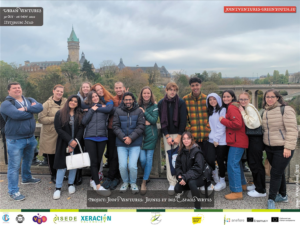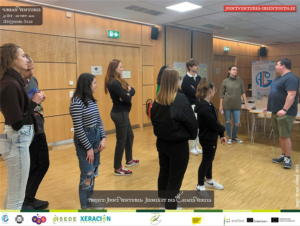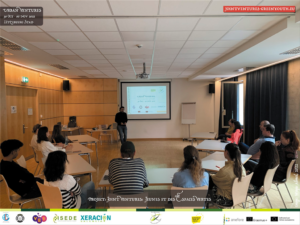Background:
Each of these learning, teaching and training activities contributes to achieve one part of our project’s objectives. By undertaking these two activities, the project achieves:
imparting of and capacity-building of green-life skills to youth
refining the attitude of youth towards climate change, through practical examples and long-term impact examples
provide youth exciting ways to contribute tangibly to concerted climate action – support creation of local summer camps
knowledge on urban climate-action
expertise on rural climate-action
making participants knowledgeable on reducing their carbon footprint
induce sustainable ways of living through waste reduction, recycling and upcycling options
Policy knowledge on climate action, ala COP26/27 and the urgent need to act both locally and trans-nationally
Training Activity in Poland: Implementation & Feedback
The training event in the rural countryside of Poland, in the town of Sanok lasted seven days and involved getting participants together to experience the wilderness of nature while understanding how to safeguard it for future generations.
Among the outdoor activities, some included ‘Discovering and Learning to Recognise Edible Flowers and Herbs in the Wild’, Learning the Know-hows of Navigation: Developing a Sense of Orientation and Learning to Use both Analogue Orienteering and Digital Compasses, Peripatetic walks were a part of the agenda too including discussing about nature in nature, Hiking at the Tatra National Park: Getting Acquainted with and Appreciating the Natural Landscape, Educational Visit to the Oscypek Salted Sheep Cheese Production Cabin which belongs to a dying tradition.
Practical experiences included Tea preparation using the Edible Flowers and Herbs, a theatrical Activity- Human & Animal Instincts: Cultivating Empathy for the Animal World, discussions on Human vs Animal Habitat – Understanding Humans’ Disastrous Impact on the Ecosystem and on the Ways Humans contribute to the Destruction of Nature and the Ecosystem Circle
Besides the daily feedback sessions, the participants were invited to submit an anonymous online feedback to the training activity.

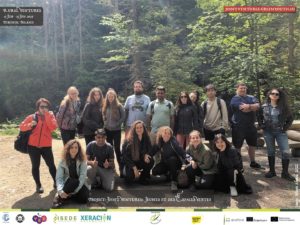

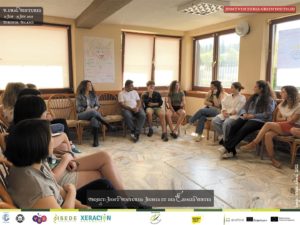
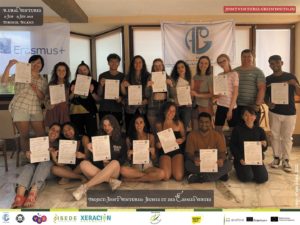

Training Activity in Luxembourg: Implementation & Feedback
The training lasted six days and the natural progression was from the beginning of the Mauna Loa CO2 graph from Hawaii to waste segregation, energy mix, reducing carbon footprint, urban mobility and even finally encouraging participants to record videos to share their positive Erasmus experiences with the outside world. The participants were also imparted a few words in the Luxembourgish language which they appreciated very much during the sessions they spent outside the training room.
To understand industrialisation, the group decided to go to the roots, in fact we went underground to the mines in Rëmeleng (Rumelange) and undertook a guided tour to understand partly the history of Luxembourg and how industrialisation causes environmental pollution. Our alternate trip was to visit the city of Luxembourg’s environmental and gardening department, though we were unable to fix an appointment with them due to bureaucratic issues. The trainer also did a scouting visit in Bambësch forest a few days before the training to promote a healthy lifestyle of agility among the participants, though unfortunately the group was unable to embark on the trip due to inclement weather on the proposed day.
A session was also held on the Erasmus programme, especially concerning youth. Some of the younger participants were excited to know about the free train tickets for the 18-year-olds, the EU CV style, etc. The participants were also invited to share their experiences about the Erasmus programme, besides of course for the more experienced, to share experiences about work and climate change.
The participants had daily feedback sessions and were encouraged to question and ask more. Over the course of the training, the participants became more open and engaged with the theme. The feedback given by the individual participants was used to adapt the training event by the trainer. An example of this is one of the participants wanted to know more on what changes were needed at an individual level to either access green jobs or to reduce individual carbon footprints. At the end of the training, participants were invited to send in anonymous feedback online
